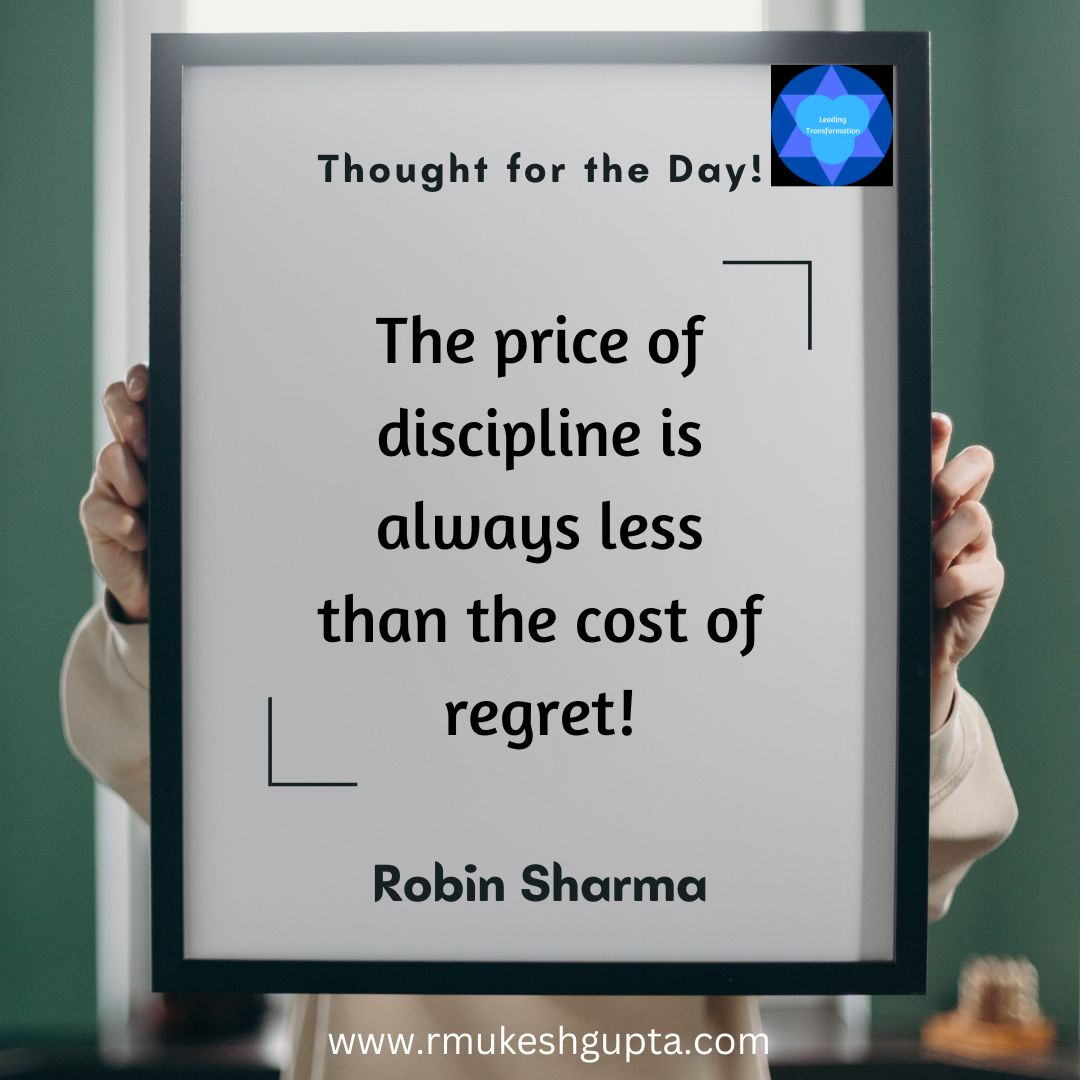I have been writing every for this blog for the past 20 days and every time I open up my laptop to write, I don’t necessarily have an idea that I want to write about. I need some kind of an inspiration, some seed of a thought which can then go on to become a blog post. This is what writers call inspiration. As entrepreneurs, we our productivity and effectiveness is at its highest when we are inspired. So it is with our team mates.
All creative ideas have an inspiration as their seed. Someone somewhere was inspired by someone/something that led him/her to come up and express their creativity. As entrepreneurs, we know the importance of creativity in our pursuit. We are constantly facing challenging situations that need to be solved. The more creative and practical our solutions, the more success we can see in our enterprise. This is as much true for us as leaders as much it is for our teams.
All kinds of artists and entrepreneurs are always looking for inspiration or as they call it – their muse. There are times when something comes together in our minds rather suddenly and strangely.
The question then to ask ourselves is the following:
Is it possible for us to find inspiration & thereafter stay inspired? Can we do it on-demand?
Can we create an environment where not just us, but everyone in the environment can access inspiration on-demand?
I believe that the answer to all these questions is a resounding “Yes”. I can tell this with some authority as I have been able to find inspiration to create something every single day for the past 30 days as a result of some practices that I have put in place in my live. I can tell this with authority as I know of a lot of artists and entrepreneurs have done this in their lives from which I have learnt a lot. I can tell this with authority as there is a lot of scientific research that has show that this is possible.
Before we start talking about practices to find inspiration on-demand, lets first try to understand what inspiration actually is. Every time we come across a new set of information or a fresh idea, the way our brains process them is that it creates a new neural pathway that corresponds to this idea. Now, almost all neural pathway is connected to all other pathways. The question is for us to find some of these interesting connection.
We say we are inspired by something, when unwittingly our brain has found a new neural pathway from one known pathway to another known pathway. So, almost all new inspiration is about finding new neural pathways from one existing idea to another. This can happen by connecting one idea with another, combining different ideas, subtracting something from one idea or even a combination of all of these tricks. The most fundamental thing here is that we need to be exposed to a lot of different ideas.
Once when someone asked me about how to get new ideas, I had responded that in order to get new ideas, you need a lot of old ideas. Every idea that we come across is filed away in our brain and is similar to an alphabet in our language. We are able to combine these alphabets to come up with words (first simple, then complex) and build our vocabulary. We can then use these words to come up with sentences and then combine these sentences to come up with paragraphs, stories, poetry and so and so forth. So, the more ideas that we are exposed to, the more chances we have of coming up with an inspired idea.
Being inspired is a state of mind.
Creating conditions for inspiration is about finding and accessing the states of mind that works best for us. Knowing this, here are some practices that I have put in place in my life to find inspiration on-demand.
Practice 1: The Practice Intentionality:
The first practice is all about noticing thing all around us. There are ideas all around us. The way someone is dressed, the advertisement that we saw on TV, the way something is on display in a shop, the way a speaker presented his idea, the story your child told you about her school, the way a dancer moved on stage, the way a musician composed his song, etc.. The list goes on and on. There are ideas all around us. What we need to do is be intentional about noticing these ideas.
Practice 2: The Practice of Diversity:
As i have already indicated, in order to be inspired, we need to allow our brains to connect disparate information together, which means that we need to expose ourselves to diverse and disparate information from different sources. If we only read the same stuff everyday, watch the same shows on TV, take the same route to office everyday, see the same friends, work in the same industry, we are ensuring that we will not have the diverse inputs needed for us to be and stay inspired.
So, we need to read different kinds of stuff, watch different kinds of shows, visit new places, take different routes to office, work in different industries or at least meet with people who are not very similar to us and our appraoch to life. We need to mix things up intentionally.
I know people who pick up magazines specifically not targetted for them, attend conferences which have nothing to do with their industry or the kind of work they do. I myself have a reading list that is varied and consists of material and topics that is no way connected to the work that i do. Yet, my brain always finds a connection between what I do and what i read. That is the job of my brain that it does really well.
Practice 3: The Practice of Reflection:
Once we notice things around us, we then need to find a way to capture and reflect on these ideas. We could capture them by clicking a picture, taking a video, making a note (audio or text), connecting this idea with something that we already deeply care about. I use all of these methods to capture ideas – click pictures/videos, make notes (text or audio), save something on my Evernote (stuff that I find interesting online), etc.
The key here is that we need to go back to these ideas on a regular basis so that we are able to create neural pathways to these ideas and can retrieve them on-demand when needed.
Practice 4: The Practice of Brahmanian Thinking:
In Hindu mythology, there are three gods who are the “Trinity”. One of them, Brahma, the creator, is supposed to have 4 heads, one in each direction. I consider that as an analogy for us to learn to see and think from different perspectives before creating anything new. This holds true for all creative ideas.
The practice of looking at the same thing from different angles and perspectives offers us a great deal of more information that can then trigger new ideas. It is important for us to build this habit intentionally. This is the key practice if we are to be able to make unusual connection. If we see the same thing that everyone else sees, we will come to the same conclusion that everyone else is coming to and thereby we will come up the same kinds of ideas that everyone else is coming up with.
Practice 5: The Practice of Reframing:
Another way to ensure that we are able to speed up the ability to connect disparate ideas and inputs to form new, creative and inspired stuff is by practicing the art of reframing. Our brain functions in a way that it frames everything that it encounters in one way or another. Add to this that the way our brain functions is that if we pose a question, it is conditioned to work towards finding an answer.
So, If we can find a way to frame the question or the problem differently than what was originally posed, we are able to solve it differently as well. There are different ways to reframe any challenge or issues or problems.
We can reframe by changing the context in which the problem is being faced, by changing the person whose point of view is being used to solve the problem and similar.
Practice 6: The Practice of Constraints:
One of the ways that we can force ourselves to come up with interesting and unique ideas or feel inspired is when we introduce new constraints. This again is how our brains function. If i were to ask you to list 25 items that are white in colour in your home, you might take longer to answer if I just asked you to list 25 items that are white in colour in your kitchen. This is just how our brains work.
So, if we are looking for an inspiration for something, we will do better if we introduce new constraints in our thinking. This could come in many forms – we need ideas that use sound/music, will use comedy, will make use of children, needs to cost us under a certain cost or needs to use a specific color even. The idea is to move between different constraints to see if any of them inspire us to come up with something really unique and inspired.
Practice 7: The Practice of Practice:
The last but the most important practice to getting and staying inspired is to practice being inspired. We need to constantly work our muscles of creativity and inspiration. As most inspired creators will tell you, they need to build in rituals and habits of getting and staying inspired. This is also like a muscle. The more we practice, the stronger it gets.
In short, we need to practice getting inspired on a daily basis. We can’t do the work every single day by practicing all these practices and expect to get inspired on-demand. This is the work-ethic that is needed to get and stay inspired.
When inspiration does not come to me, I go halfway to meet it -Freud




